-
 Bingnan Jiang
Microsoft
Senior Designer
Bingnan Jiang
Microsoft
Senior Designer
She graduated from the Academy of Fine Arts, Tsinghua University.
She is now working at Microsoft and has been responsible for the design of Bing China, including Microsoft's strategic product English Search, Microsoft Ice and Bing East Asia. She has worked on 2B, 2C, branding, marketing, artificial intelligence and other directions. She has worked for Tencent Beijing CDC and MXD, and participated in the Institute of Innovation Product Design and the first domestic map street view product design respectively.
Design viewpoint: design is like translation, flexible in different degrees to meet the function and demand of communication matching.
How design creates value in AI products
Every new technology invention triggers changes in tools, modes, concepts, and industries. The impact of AI on design is essentially the impact of a powerful technological revolution on design.
During the design of Microsoft Xiaoice, our designers have gone through a process of exploration from 0 to 1; a process of rapid expansion of growth, and a process of commercialization. And this experience can be divided into two stages:
In the first stage, the design is used by AI. Trough practicing we summarized 8 design principles of give AI humanity, which was also used to guide the design for 2B, 2C, and Marketing products;
In the second stage, AI is used for design. Through technology accumulation and cross-domain knowledge learning, we made AI serve our design, and then promote the product, which also formed a positive cycle.
In different stages and different life cycles of a single product, the scope of design responsibility and standard requirements are changing. Our designers must also learn by doing in this process, continuously expand their scope of work, expand their knowledge of other professional fields, so as to adapt to the development of the product and determine the core value of each stage of design. I hope this workshop will help designers improve their mentality, thinking, methods, and techniques.
Specific content that will be learned in the workshop:
1. The breakthrough of AI's influence on design is the influence of technological innovation on design
1.1 The relationship between design and technology
•Design is based on people, while technology is based on nature
•Design is good at uncertainty, while technology is good at certainty
1.2 Four dimensions to enhance the ability of design to create value in AI products
• Attitude level: from passive acceptance to active drive-not limited by position
•Thinking level: from professional to hierarchical thinking-do the right thing, and then do it right
• Method layer: the theory layer and the practice layer are combined-two perspectives: "map view" and "navigation view"
•Technical level: One specialization, multiple abilities-multi-dimensional competitiveness
Participants will gain: understand the irreplaceable advantages of design, and grasp the key points of design creating value in the new technological revolution represented by AI from the four levels of mentality-thinking-method-technology.
2. Design creates value in AI products Phase 1: Design is used by technology
2.1 From senses to scenes, four prototypes of Microsoft Xiaoice’s emotional computing framework
2.2 The 8 principles of Microsoft Xiaoice design that contribute to the humanization of AI
2.3 Design plays different roles in the 2B, 2C and marketing aspects covered by Xiaoice products
• Design value in marketing products-service narrative from technological invention to demand landing
• 2C products-manage user expectations
• 2B products-technical fault tolerance
Participants will get: at the stage when design is used as technology, understand the 8 principles of how Microsoft Xiaoice’s design is humanized by AI, and learn from various cases that the design needs to be solved in the products of different audiences in the Microsoft Xiaoice series The core issues and specific methods.
3. Design creates value in technological innovation represented by AI. Two: Technology is used for design
3.1 When the arrival of new technology can solve the terminal demand, it can also come back to serve the various subdivisions of production
•Understand technical boundaries: the minimum necessary knowledge
• Clear demand goals: long-term expectations VS phase goals
• Adjust product positioning: modify the anchor point of the user's heart
• Develop experience standards: the end of user experience VS the bottom point of user experience
•Propose the core principle: cross-domain solutions
• Specific implementation method: certainty vs. uncertainty
Participants will gain: in the stage where the technology is used in the design, understand how the design defines the core tasks at each stage, determines the scope of work, establishes standards, and generates value.
4. Workshop: "Do the right thing" and "Do the right thing"
4.1 Define goals
•Concept triangle
4.2 Use uncertainty to solve problems
• Random input method
Participants will gain: master the two methods of “doing the right thing” and “doing the thing right” through practice, and give full play to the ability to design and use uncertainty to solve problems.
1、Workshop content summary
2、Concept explanation: Four levels of self-improvement for design expertise and value creation in AI products; how to create value in the two stages of AI products
3、Case analysis: Take the example of Microsoft Xiaoice series products to explain how to define key tasks and output value at each stage of design
4、Practice interaction: group practice according to the method of explanation
5、QnA
1、Intermediate/senior experience designer
2、Product manager
3、AI practitioners
1、How to define the core goals of the design following the different development stages of the product
2、How to define the core goals of the design following the different development stages of the product
3、How to grasp the core goal and expand the necessary knowledge field in work
4、Understand the designer’s core competence and other abilities, and how to better cooperate with the designer
-
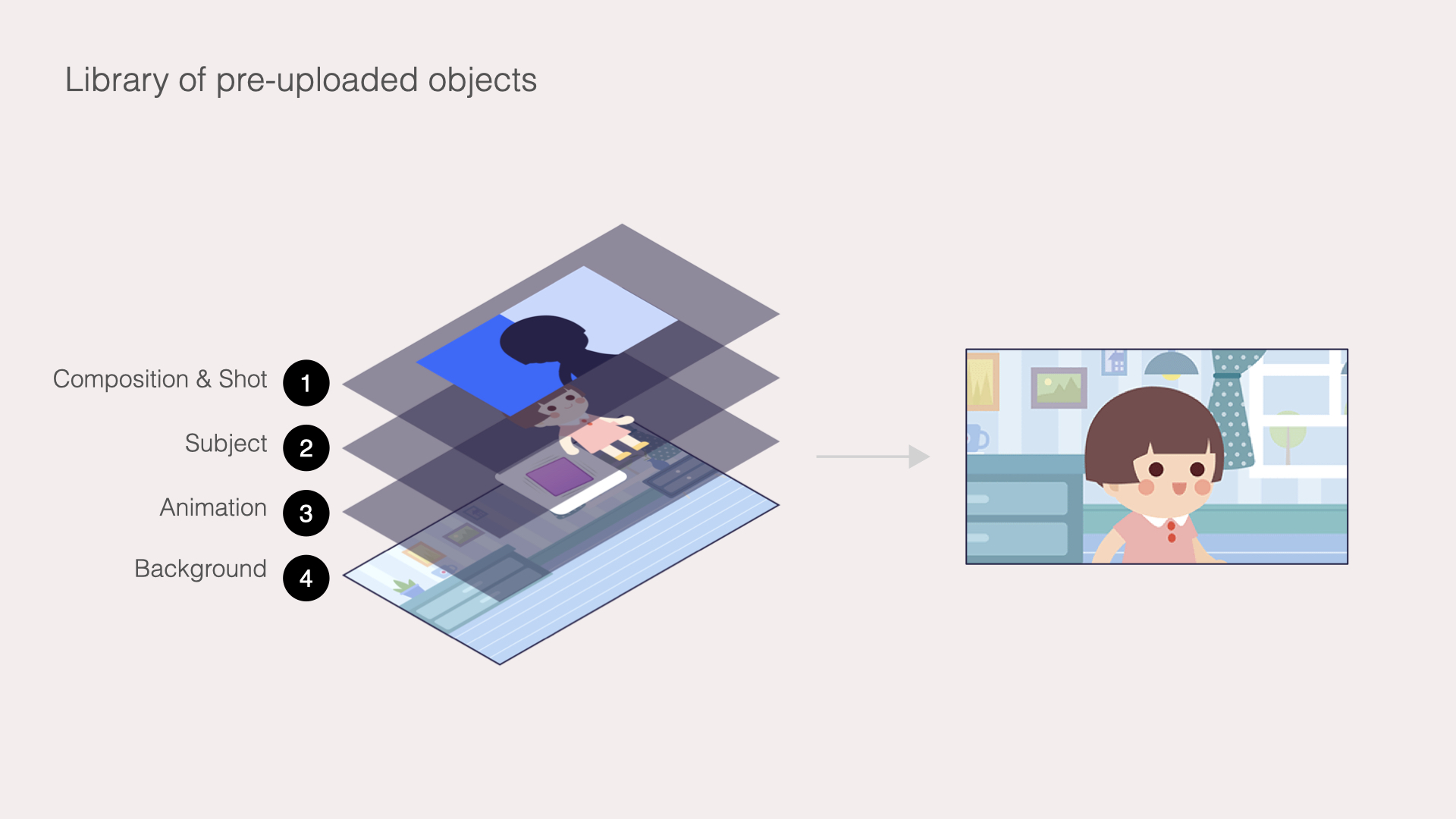 Audiobook automatic generation system automatically determines the level
Audiobook automatic generation system automatically determines the level
-
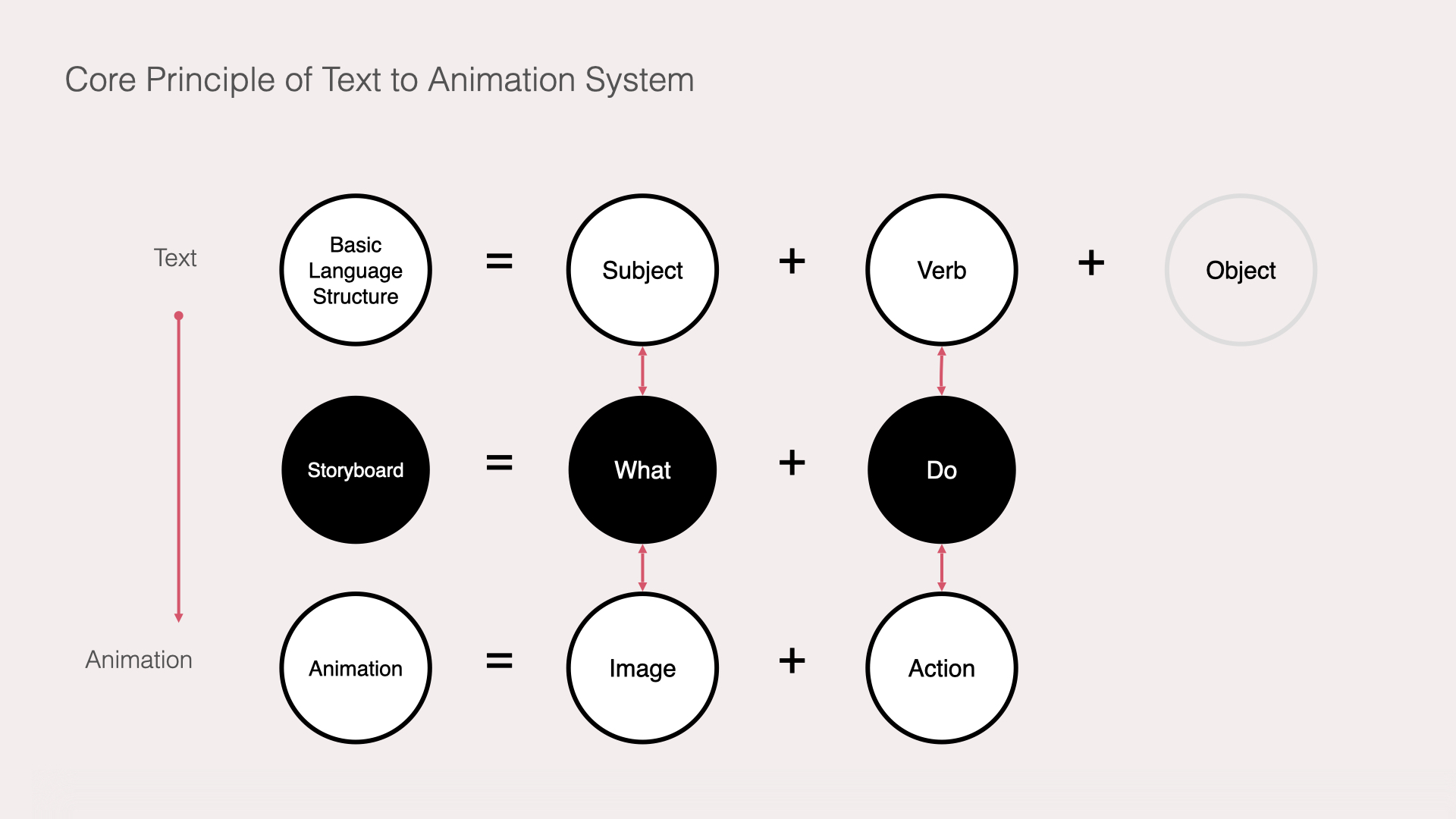 The core principles of the audio-illustrated book generation system
The core principles of the audio-illustrated book generation system
-
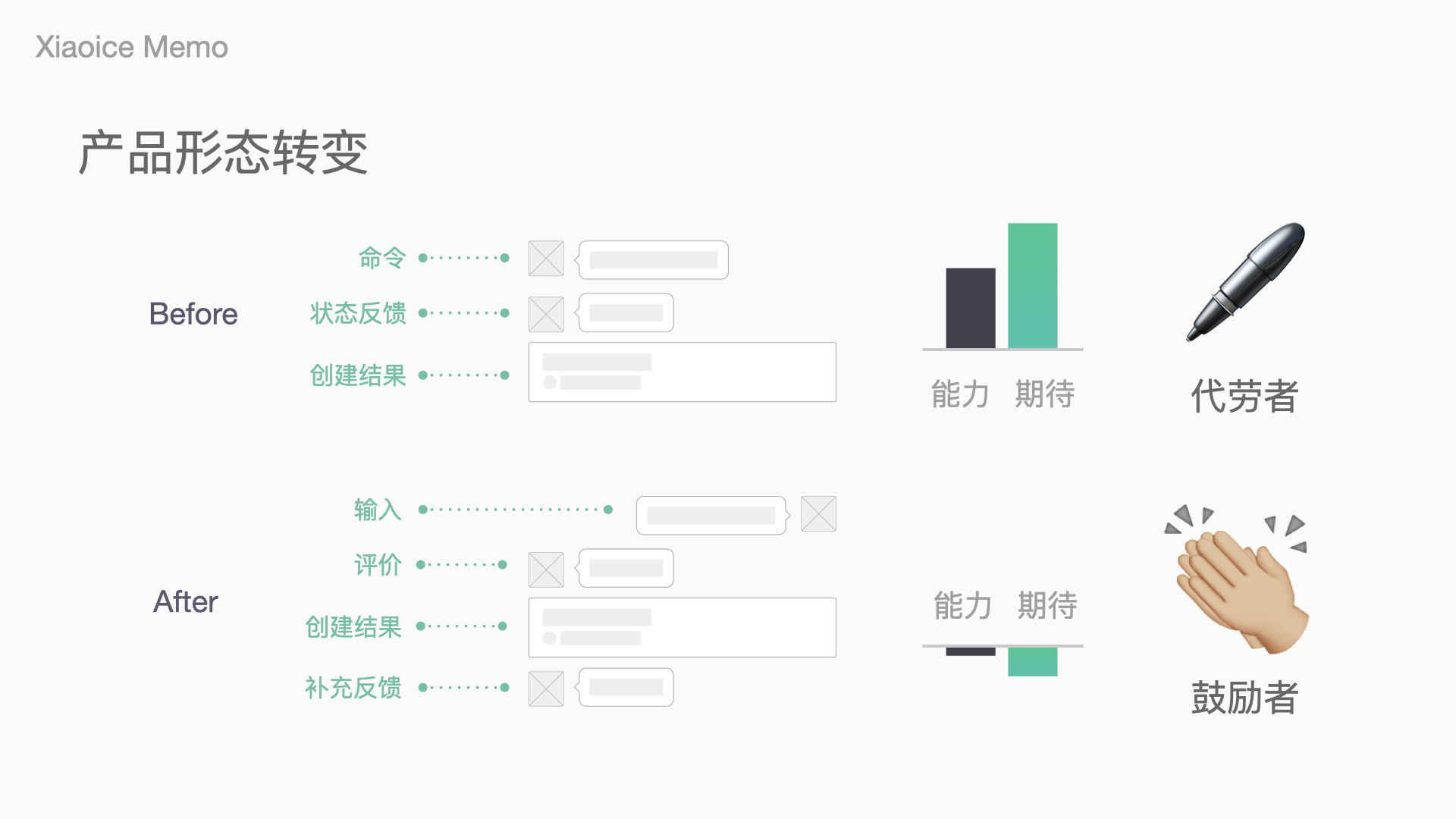 Be prepared for changes in product shape
Be prepared for changes in product shape
-
 3D image
3D image
-
 Holograph data visualisation system
Holograph data visualisation system
-
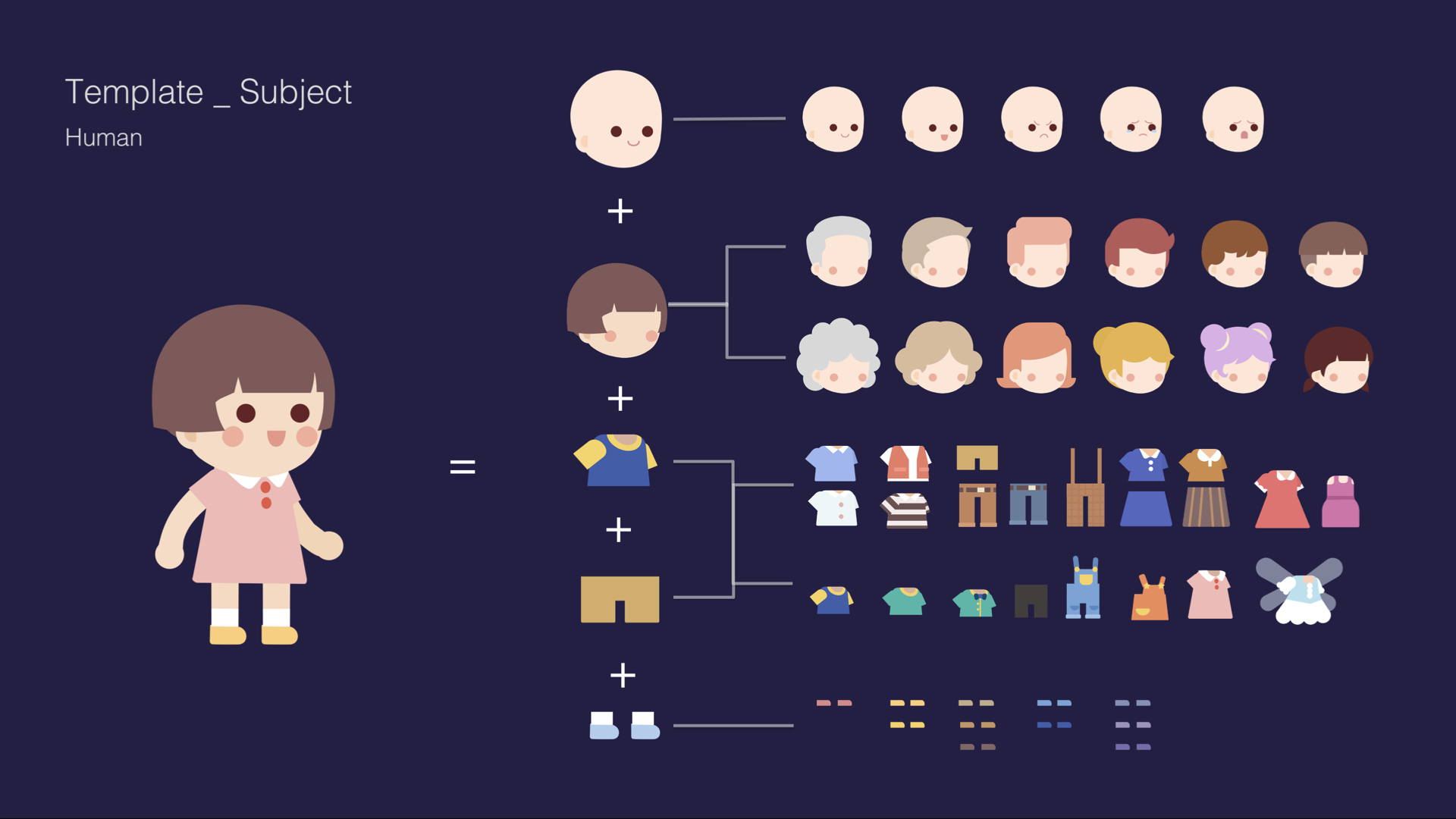 Automatic audio book generation system
Automatic audio book generation system
-
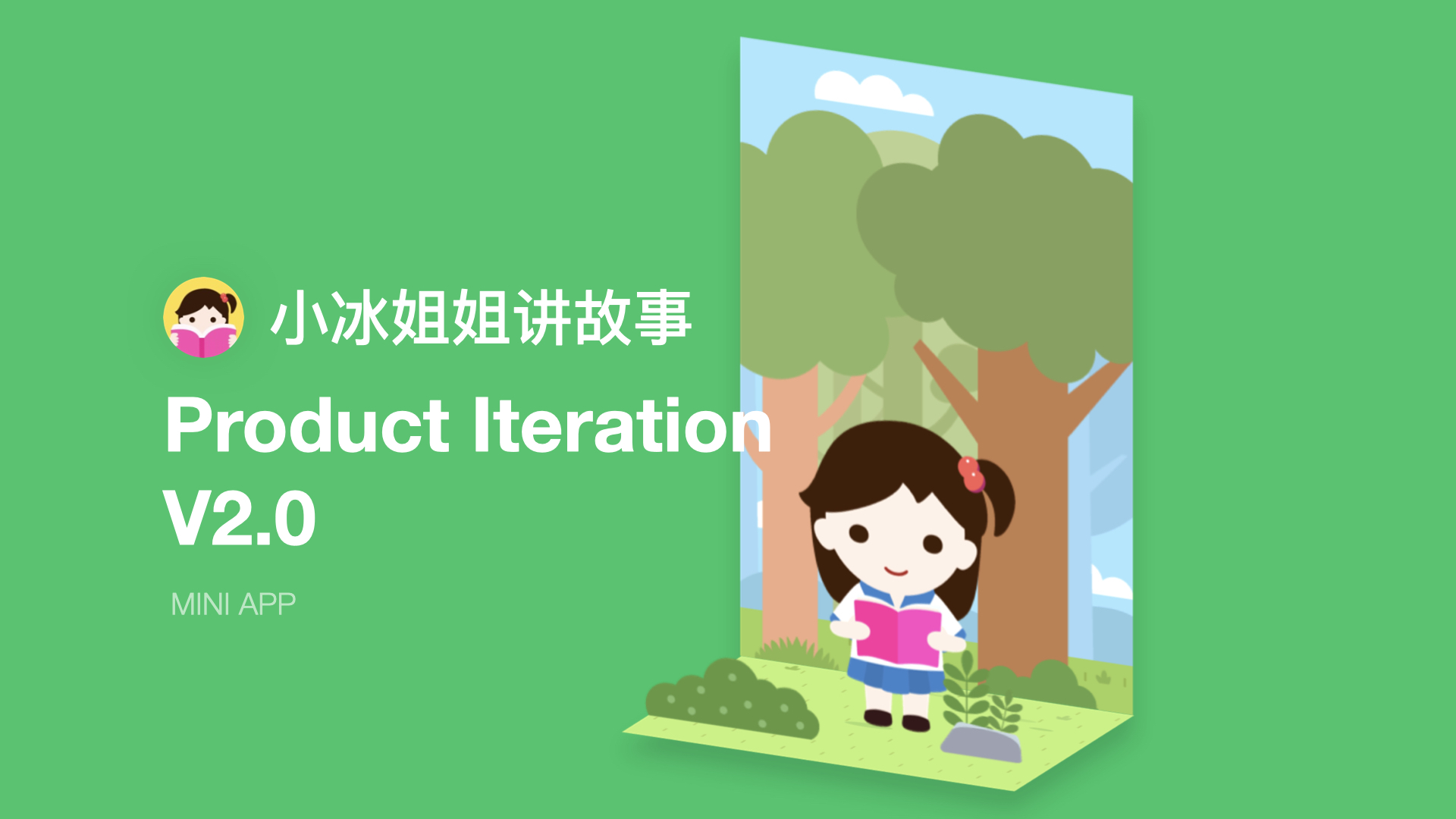 Storytelling App
Storytelling App
-
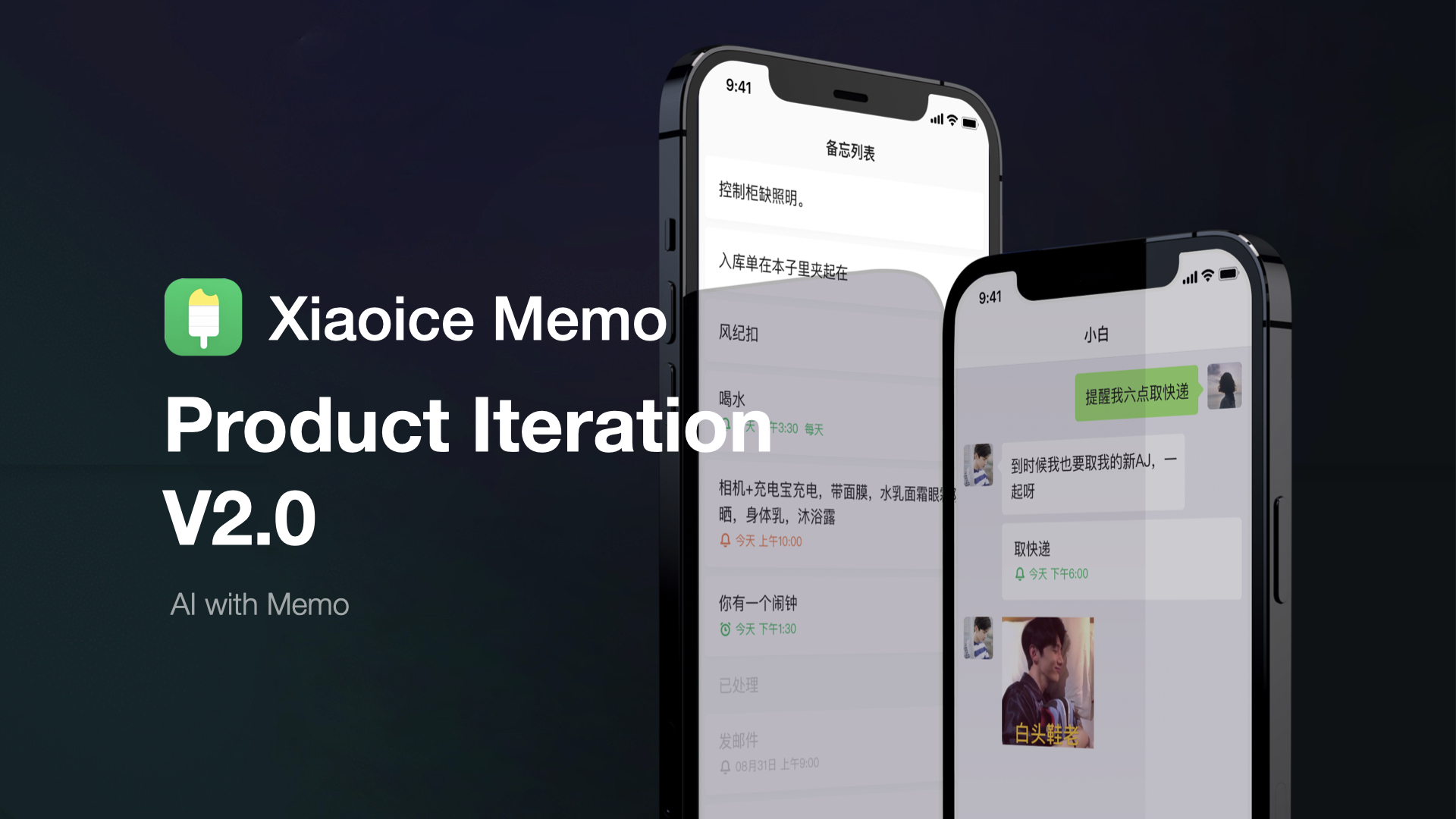 Memo App
Memo App








